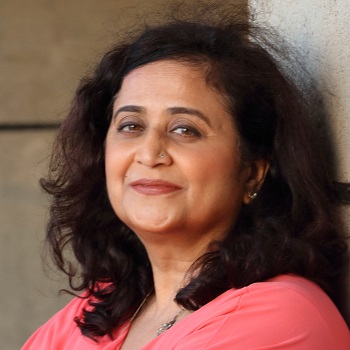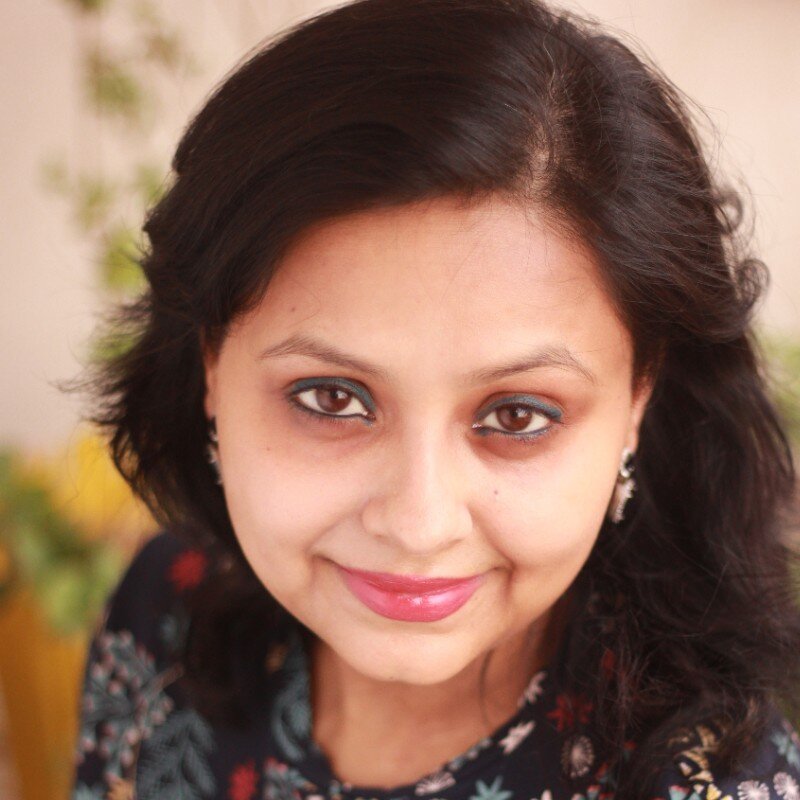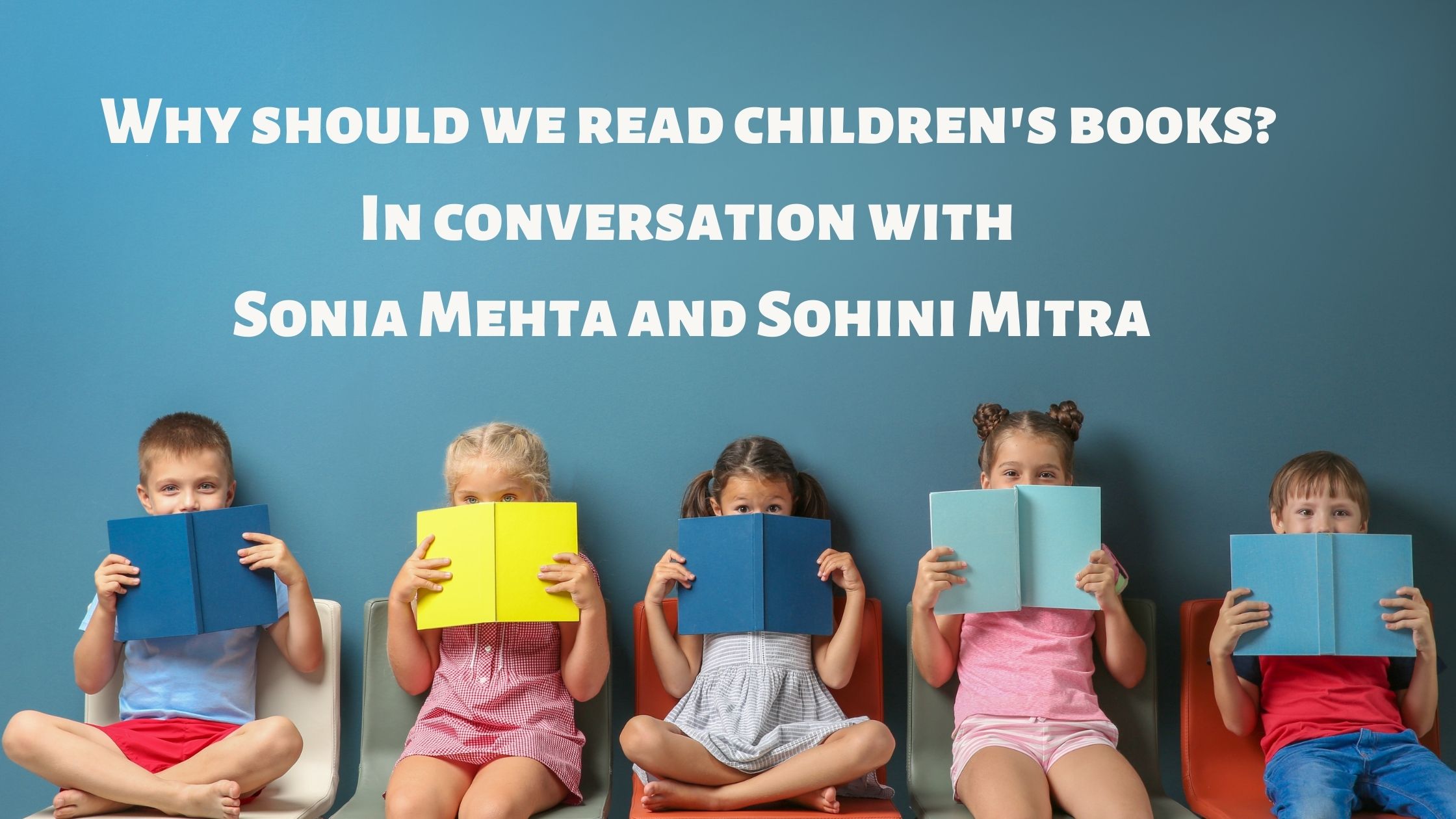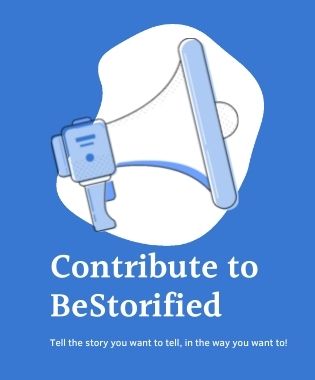Why should we read children’s books? In conversation with Sonia Mehta and Sohini Mitra
- June 19, 2023
- Publishing
As part of the #BlogchatterWritFest, Blogchatter hosted a discussion with Sonia Mehta and Sohini Mitra on the topic Why should everyone read children’s books.
Sonia is a children’s author, whose body of work ranges from creating India’s first dedicated children’s newspaper section to conceptualizing the Bournvita quiz contest for television to writing books, songs, poems, and stories for publishers in India, Africa, US and UK. Sohini is a publisher with over 14 years of experience, who is passionate about children’s books and has collaborated with literary giants for content. She heads the children’s and YA list at Penguin Random House, India. Here is a gist of what went on during the amazing discussion.


What gets children’s attention?
Sonia: Children are very curious in general. Anything that they see for the first time gets the children’s attention whether it’s a spider, light, or shadow, unless it’s done repeatedly. The task is in directing the children’s attention to the book. It is a tremendously exciting job and a challenge at the same time.
What’s more popular? Fiction or Non-fiction in children?
Sohini: When we look at data and figures, children’s fiction sells more. And amongst Indian authors, Sudha Murty and Ruskin Bond are in fact the highest-selling authors and Grandma’s bag of stories. One book that has been topping the bestseller charts week after week and we’ve sold over five lakh copies till date of that book, which in the Indian market is a really staggering, phenomenal number.
But having said that, I feel nonfiction activity, learning, or preschool content equally has a very big market in India. So, for that zero to five-segment picture books, board books, activity coloring books or handwriting books are really selling well. For the six to eight-age group, It’s mostly chapter books or great storybooks, novellas, short-length books, traditional tales, and folklore mythologies.
In India, Mythology is pretty big. But till a certain point, parents are the key decision-makers. And when they are looking to buy books, I think there is a bias towards books with some learning content. It is also a tricky space because you’re wooing the parent who is the key decision maker and you’re also wooing the child who is actually the TG.
In fiction, there is a heavy reliance on bestsellers. They also go by bestselling books and seldom, like new voices are sometimes not given a chance even though we’ve been publishing some really great and wonderful content in the Indian publishing space today. And I think this trend also kind of presents particularly it’s a challenge and also an opportunity for publishers to create something exciting for this space.
And therefore, we have been working towards creating curriculum-based books in interesting formats for contemporary readers, be it history or STEM subjects or topics related to the environment and soft curriculum books, because kids are learning all of this in school. But then obviously when we do the same books or the same kind of topics, they’re done much more thoughtfully and creatively to engage readers and make these difficult themes much more accessible.
Your books cover an enormous amount of information and activities for kids to do. What does your research process look like?
Sonia: Now you’re asking me about the overall research process. I’m using Discover India as an example because that sort of applies to the other books as well. So the thing is that research for me, for Discover India, was very intense, as you can imagine.
It was a huge learning process. I did have a team to help me that was very helpful in terms of fact-checking, in terms we even had people in every state of India to ratify some of the very local information that we were putting in to make sure that we were getting the nuances right. Other than that, the research typically we do have are certainly very highly regarded and very well-researched and we use credible sites which we can refer to educational sites or the National Geographics and that kind of sites.
Now, the thing is that when you are doing fiction obviously there is a little less research involved. Still, the research process has to be quite intense, and one has to be able to apply it. The effort always is how to make these facts more fun for children whether it’s through stories, interactive activities like puzzles, or games. And the fact-checking aspect is as important because you never know what the child picks from the books. In the end, there should be some kind of takeaway for the child.
Design decisions behind children’s books
Sohini: Design and art are two equally critical elements and challenges of children’s books. Be it the style of illustrations, deciding the book cover, the font size, text design or whether or not to have special elements or the format of the book, there are enumerable decisions that are being taken. In a way, all these are interlinked with the TG readers.
As art is doing a lot of storytelling there is a lot of reliance on layouts and text designs that there is a dedicated design team who are working collaboratively to create visually appealing books for the young readers. To match it with international standards, even though the stories are homegrown, we work with lots of illustrators across the continent today. To showcase what is not biased in any visual depiction is very important.
Can toys and learning tools supplement the reading experience for the child?
Sonia: Yes, they can but they do not replace. Because books have the tremendous ability to go way beyond as it plays with the child’s mind. There is nothing to beat children’s imagination. There is no need to limit their imagination in any way as it is far more versatile and unpredictable than what one could give them through toys and games. Whereas learning tools are meant to assist in a learning outcome, but fiction gives them the joy of reading that can never be taken away from them.
And schools play an important role. By encouraging the child to take one book home every week, gives children the choice to pick their favourites. This whole process of choosing forces them to think by discussing with their peers and gradually they start getting interested in the process. Thus, parents and schools have got a big role to play in building a healthy book reading culture in India.
That was our talk with Sonia and Sohini. Catch the whole conversation here.
- What Is Diamond Cut Chain: A Simple Breakdown
- How to Go Viral on Pinterest: Secret Tips You Need to Know
- How to Open a Tennis Chain Without Breaking the Clasp
- You’ve heard of Pushpa. Now meet the real town behind it, Chittoor!
- 5 Steps to Be Better Than Competitors in Business and Dominate Your Market






